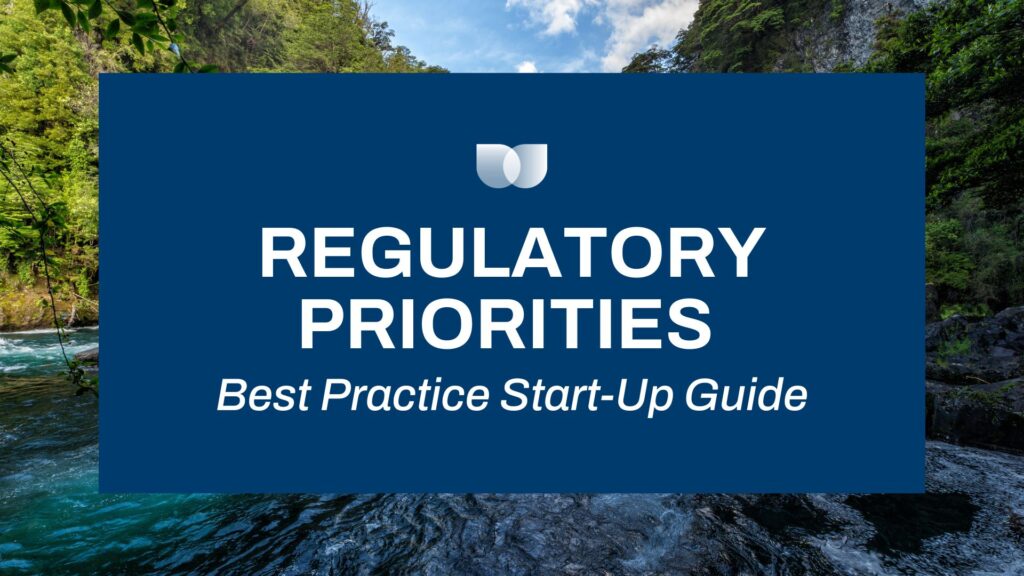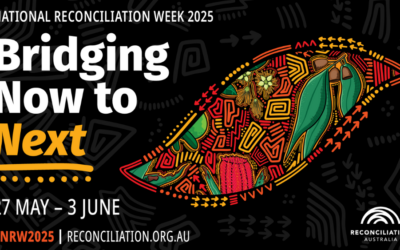At the start of this month our Regulation and Engagement Working Group released the AELERT Regulatory Priorities Best Practice Start-Up Guide. The guide explores what regulatory priorities are, their importance, what regulation looks like without them, their structure and content, followed by a step-by-step process on building, setting and advocate your regulatory priorities externally. This is another practical product for our agency members to use, that is what AELERT has been and will always be about. Thanks to the Working Group Chair Andre Maynard (DWER WA), National Council sponsor Kate Gavens (DECCA VIC) and the 153 practitioners in the Better Regulation Community of Practice lead by Amiette Wakenshaw (NSW DCCEEW).
One of the most important things a regulatory leader can do is to set regulatory priorities and publish them for all to see. Having published regulatory priorities improves internal clarity on points of focus, effort and action and improves efficiency and effectiveness of regulatory activity with better chance of coordinated efforts to achieve broad regulatory outcomes.
Regulatory priorities also provide external clarity on what to expect from the regulator – no surprises, critical to any functional risk-based approach and good posture. Having clear public facing regulatory priorities also means the regulator can mobilise community interest and regulated community action in line with that focus. Regulatory priorities are critical to organisational maturity and the revised Modern Regulator Improvement Tool (soon to be released) will reflect this. But most of all, regulatory priorities make it more achievable for a regulator to report on the performance outcomes and benefit within its focus.
AELERT’s Regulatory Priorities Guide includes:
1. What are regulatory priorities?
2. Why are regulatory priorities so important & their benefit
3. Regulatory Priority Structure, Content & Type – size and scale
4. Guide to setting best practice regulatory priorities.
5. Guide to presenting your regulatory priorities – internally and externally, setting the expectation on the inside and out.
6. Governance, accountability, and performance reporting – realising the delivery of outcomes that align with your regulatory priorities.
This guide is for agencies of all sizes to use, designed as a generic template suitable for all AELERT members to use including environmental and non-environmental regulatory agencies. The guide cuts across the whole regulatory system and can be used by policy makers and impact assessment as much as compliance and enforcement agencies. Importantly, the guide is intended to be used by our many local government member agencies as well. We will be using the AELERT groups, events and products (like MRIT and ROCSAT) to support agency development and the evolution of their regulatory priorities. From here, I truly think the next step is, where appropriate, to use the network to coordinate and complement priorities setting across different peer agencies or co-regulators that share a catchment, region, industry sector or a regulatory system. This is how we as fellow regulators will be able to take our efforts to the next level and our collective focus will become enhanced collective regional, landscape and system outcomes.
Members can access the AELERT Regulatory Priorities Best Practice Start-Up Guide in the resource library now.











